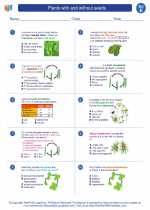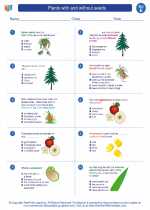Macrolides: Explained
Macrolides are a class of antibiotics that are used to treat a variety of bacterial infections. They work by inhibiting the protein synthesis in bacteria, thus preventing them from growing and multiplying.
Mechanism of Action
Macrolides act by binding to the 50S subunit of the bacterial ribosome, which inhibits the translocation step of protein synthesis. This ultimately leads to the prevention of bacterial growth and reproduction.
Common Macrolide Antibiotics
- Erythromycin
- Azithromycin
- Clarithromycin
Indications for Use
Macrolide antibiotics are commonly used to treat respiratory tract infections, skin infections, and sexually transmitted diseases such as chlamydia and gonorrhea.
Side Effects
Common side effects of macrolides include gastrointestinal disturbances such as nausea, vomiting, and diarrhea. They may also cause liver toxicity and allergic reactions in some individuals.
Study Guide: Macrolides
Definition
Define macrolides and explain their mechanism of action.
Examples
List at least three common macrolide antibiotics and their indications for use.
Side Effects
Discuss the potential side effects of macrolide antibiotics and how they may impact patients.
.◂Science Worksheets and Study Guides Fifth Grade. Plants with and without seeds

 Worksheet/Answer key
Worksheet/Answer key
 Worksheet/Answer key
Worksheet/Answer key
 Worksheet/Answer key
Worksheet/Answer key
 Vocabulary/Answer key
Vocabulary/Answer key
 Vocabulary/Answer key
Vocabulary/Answer key
